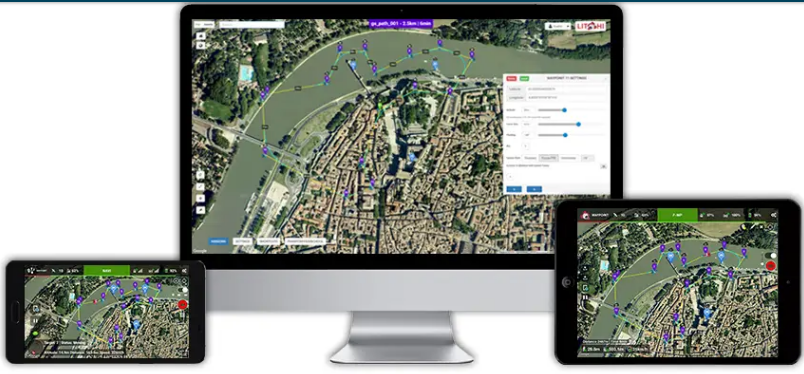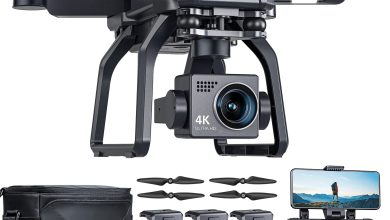How Drones Are Effectively Changing the Agricultural Industry

Drone is one of the popular tool used today in variety of sectors because of it’s vast effectiveness in delivery. In this article, we’ll focus on how the use of Unmanned aerial vehicles (UAVs) has positively affect the Agricultural industry ranging from production to Delivery.
Agriculture
The use of UAVs in the agricultural sector can not be overlooked. With the high-range controls and high-quality cameras of drones, farmers can meet the demands of modern agriculture. Whether you’re overseeing vast fields or vast herds, drones are perfect monitoring vehicle for farms, allowing agriculturist fly over their farm to check up on crops, how much heat or water a plant retains. Some drones can go as far as collecting samples from crops and plants for ingredients. Drones can as well carry sprays such as nutrients and pesticides across the field.
Drones are equipped with multispectral sensors which can detect and spot pests and disease in plants even before the agriculturist notice it. This allows the farmer identify issues early, and implement targeted interventions to maximize crop productivity and quality which in return reduces the number of lost crops.
Advantages of Drone to Agriculture
Plant and animal Health Monitoring: Sensors and cameras in drones can provide valuable insights into the health and condition of crops ranging from Aerial Imaging, Multispectral Imaging, Normalized Difference Vegetation Index (NDVI) Mapping, Plant Stress Detection, Early Disease Detection, Yield Estimation, Data Analytics and Decision Support etc.
Precision Agriculture: Drones enable farmers to adequately apply water, fertilizers, and pesticides precisely where needed thereby optimizing resource use and reducing waste. This approach can improve crop yields and reduce environmental impact.
Field Mapping and Surveying: Drones can create detailed maps of fields, thereby providing valuable information about soil variation, topography, and drainage patterns.
Crop Spraying: Spraying equipment equipped in drones can accurately apply pesticides, herbicides, and other agrochemicals to crops.
Livestock Monitoring: Drones can be used to monitor livestock, track their movements, and assess herd health.
Weather Monitoring: Drones equipped with weather sensors can collect real-time data on temperature, humidity, wind speed, and other atmospheric conditions.
Crop Planning and Decision Support: By analyzing data collected by drones, farmers can gain insights into crop performance, predict yields, and optimize planting schedules.
Production

The production sector of Agriculture comprises of different critical components ranging from piping, heating and cooling systems, machinery and silos. As a farmer, manually inspecting these tools for leak and glitch is time consuming and next to impossible, hence, the power of drone which make everything much more fast and precise. Using drones in the production sector ensures optimum safe working environment which keeps employees safe.
Drones equipped with high-resolution cameras for this purpose can spot leakage and glitch in working components. Then, workers can respond and fix the issues.
Also, Ultraviolet (UV) lighting equipped drones can enhance cleanliness by picking up dirt on surfaces and lingering bacteria.
Conclusion
Drones are quickly becoming a popular tool for modern agricultural operations due to their ability to provide information about crops, soil, and weather in modern agriculture thereby enhancing productivity, sustainability, and efficiency.
The use of drones in modern agricultural purpose does not only improve crop yields but also minimizes resource wastage, reduces environmental impact, and enhances profitability for farmers.


